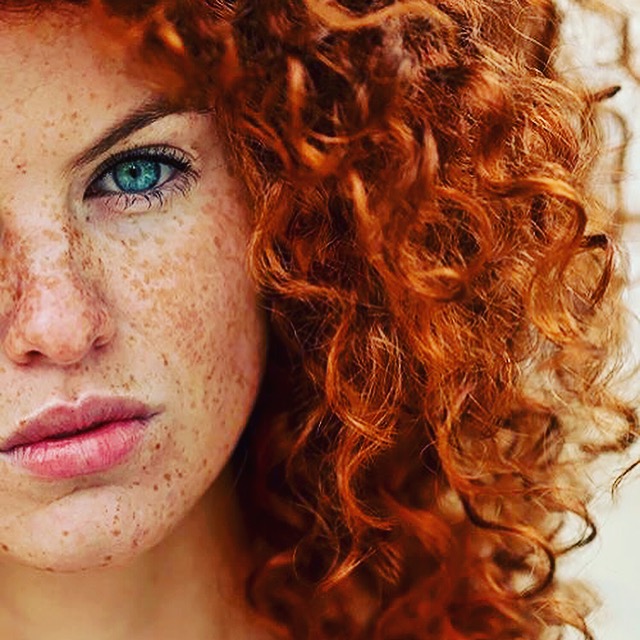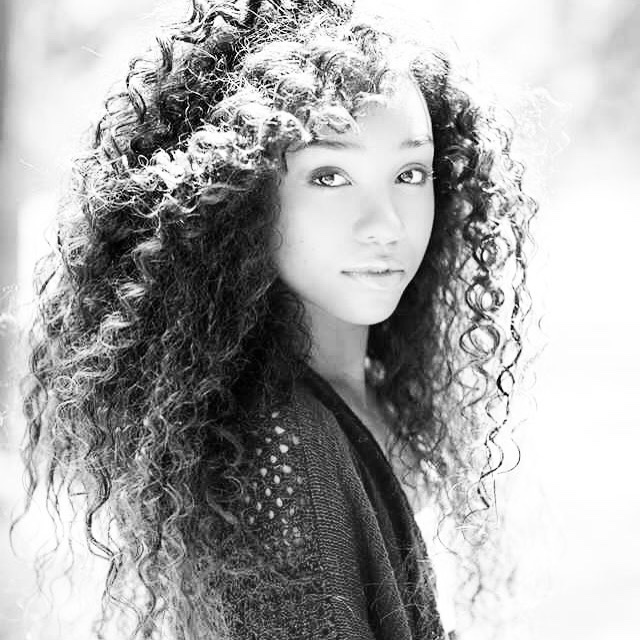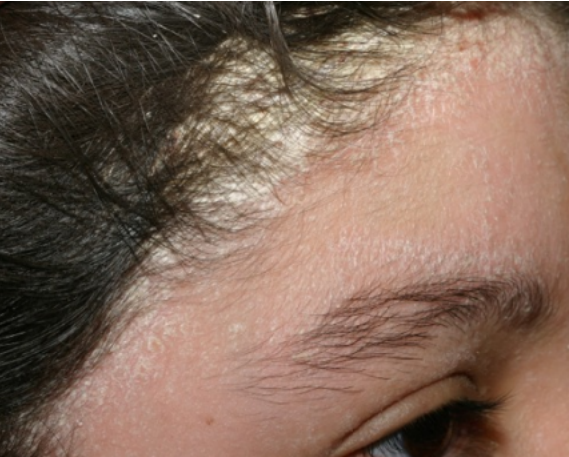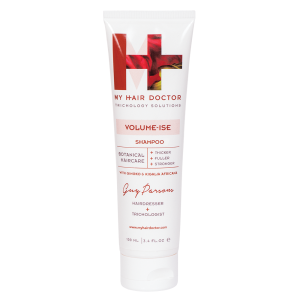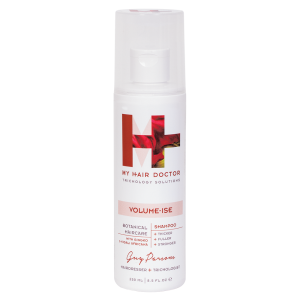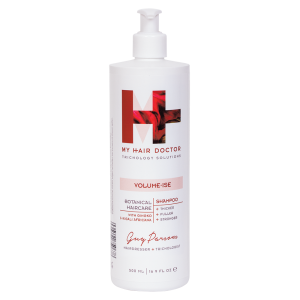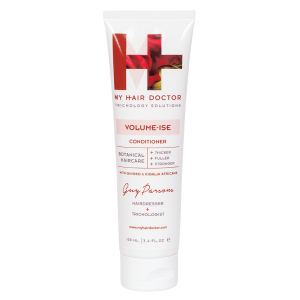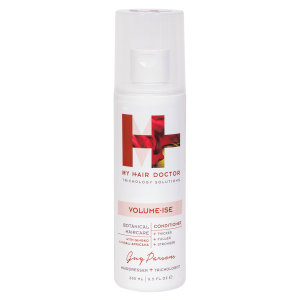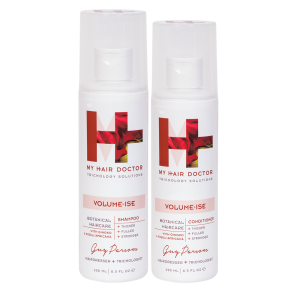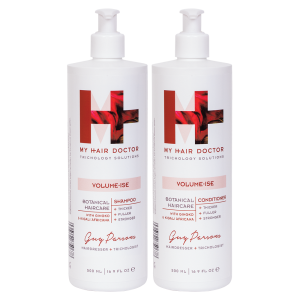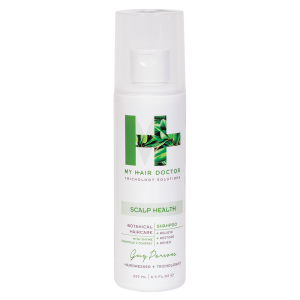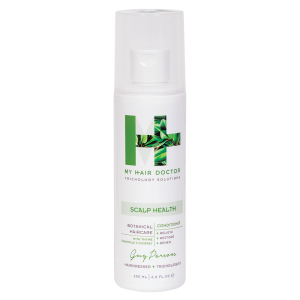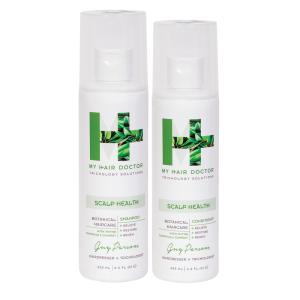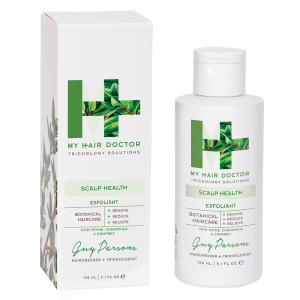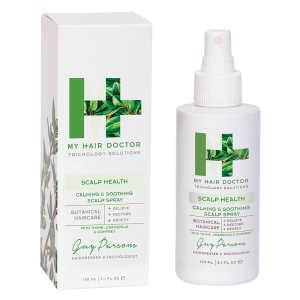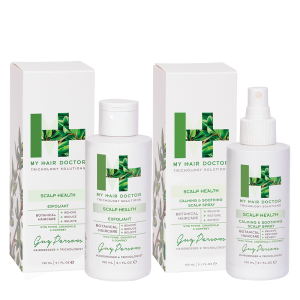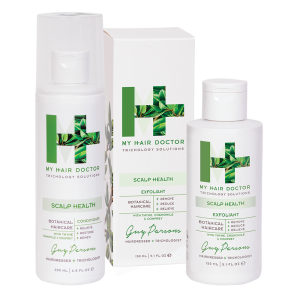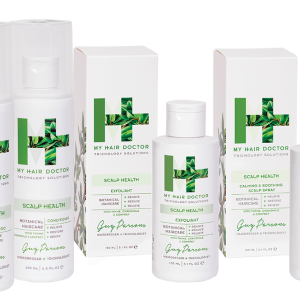Hair Science, Scalp Health
SEBORRHEIC DERMATITIS
Seborrheic Dermatitis/Hair Loss
When you hear from your doctor that you have seborrheic dermatitis you immediately want to ask him: “Can seborrheic dermatitis cause hair loss? Is this hair loss reversible?” And the answer to the first question will be unfavourable. But don’t be too upset; this disease is relatively easy to treat and there are many methods of hair loss treatment which lead to complete hair loss recovery. Substantial and timely therapy is an excellent solution of your problems causing in the end complete hair regrowth. Don’t wait too long – consult a specialist and find out how to stop hair loss from seborrheic dermatitis.
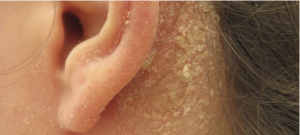 Causes of Seborrheic Dermatitis
Causes of Seborrheic Dermatitis
The cause of seborrheic dermatitis is lipophilic yeast-like fungus Pityrosporum Ovale, which inhabits the bodies of almost 90 percent of people. Under normal circumstances, when your immunity copes with the spores of this fungus, they are not active. The disease develops only under certain factors. The fungus feeds on secretion of your sebaceous glands. Seborrheic dermatitis most often develops on your scalp or face, due to a large number of sebaceous glands and hair follicles. In unfavorable conditions your body fails to monitor the growth of the fungus which triggers the development of seborrheic dermatitis and hair loss.
Any nervous system, immune or hormonal disorders can activate the fungus. Seborrheic dermatitis on scalp can appear after stress or excessive exercising. Among other causes of the disease could be substantial climate change, regardless of whether you have changed a warm climate to the cold, or vice versa.
Typical for dermatitis are pronounced inflammations in form of papules. They are clearly defined red foci covered with greasy scales. These lesions grow and gradually merge if the disease is not treated. Due to excessive peeling patient’s scalp is covered with dense scales glued together with sebum. If you remove them you will see bright pink inflamed skin surface, which is often painful. Severe itching, which accompanies seborrheic dermatitis in hair,
carries a risk of infection. The scales peel off and can be observed in your hair and on your clothing. The precursor of seborrheic dermatitis is dandruff. That is why if you have this cosmetic problem, and you cannot solve it by therapeutic methods, consult a doctor as dandruff may indicate increased activity of Pityrosporum Ovale. Don’t forget to ask your.
Doctor: “Does seborrheic dermatitis cause hair loss?” The answer will give you a good impetus to start treatment as soon as possible. Further symptoms are redness, as well as gradual formation of seborrheic plaques, which become bigger. The disease is also accompanied by increased hair loss from seborrheic dermatitis which stops only after you get rid of the problem. The good news is, if you have lost some of your hair due to this disease, after the treatment you can count on the full restoration of your hair without any hair transplant procedures.
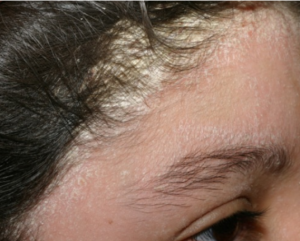 Seborrheic Dermatitis Treatment
Seborrheic Dermatitis Treatment
Successful treatment of seborrheic dermatitis in the first place implies the need for an integrated approach. Treatment should be directed not only to fight the clinical manifestations of the disease, but also to correct the problems with your body, which were the primary cause of dermatitis.
- To begin with adjust your diet, consume hypoallergenic food;
- Take sufficient amount of vitamins of A, B, C groups, as well as zinc and selenium;
- At the same time begin to use topical antifungal agents. Consult a doctor to have the exact remedy prescribed. Usually doctors prescribe miconazole and nizoral;
- If the flakes have formed quite a dense layer, it will prevent the active influence of the remedies. To overcome this barrier, use preapplications with ointments and oils;
- During the treatment period apply only medical shampoos, containing keratolytic components, zinc and substances capable to eliminate excessive sebum production without overdrying your skin.
Remember that seborrheic dermatitis is one of the factors that leads to seborrheic dermatitis hair loss, that is why do not disregard appearance of dandruff because it may be the first warning of impending problems with hair.
Volume-ise / Hairfood Active Botanicals
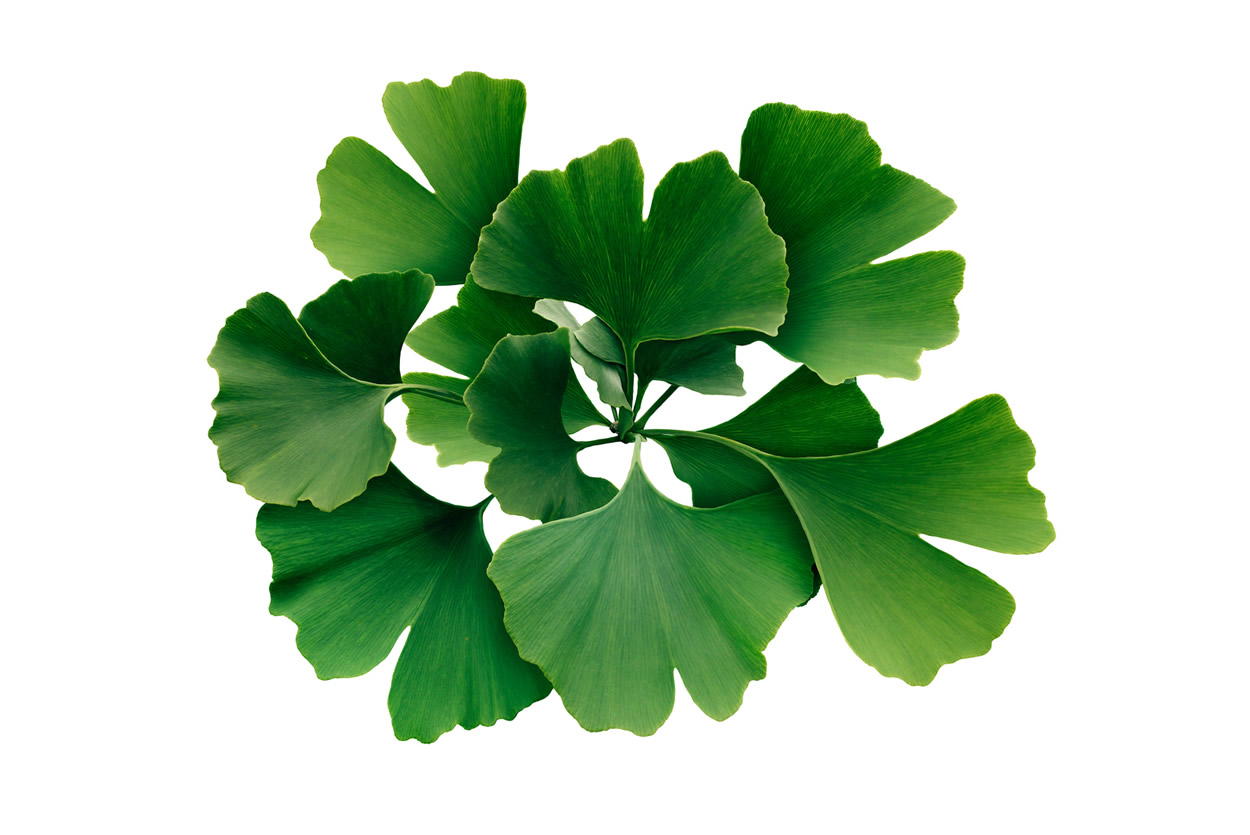

GINGKO
Working with Kigalia and Clary as an original blend of 3 plants acting synergistically and allowing scalp toning and limiting hair loss. They act on factors avoiding hair loss including 5-alpha-reductase inhibition, scalp microcirculation improvement and to decrease inflammation contributing to Seborrhoea (oiliness) which can block scalp follicles inhibiting growth.
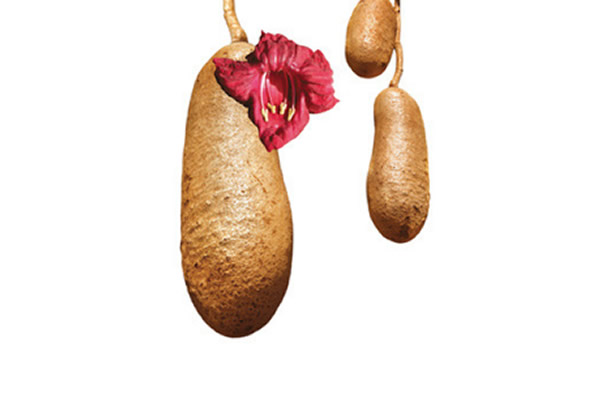

KIGALIA AFRICANA
Working with Gingko and Clary as an original blend of 3 plants acting synergistically and allowing scalp toning and limiting hair loss . They act on factors avoiding hair loss including 5-alpha-reductase inhibition, scalp microcirculation improvement and to decrease inflammation contributing to Seborrhoea (oiliness) which can block scalp follicles inhibiting growth.
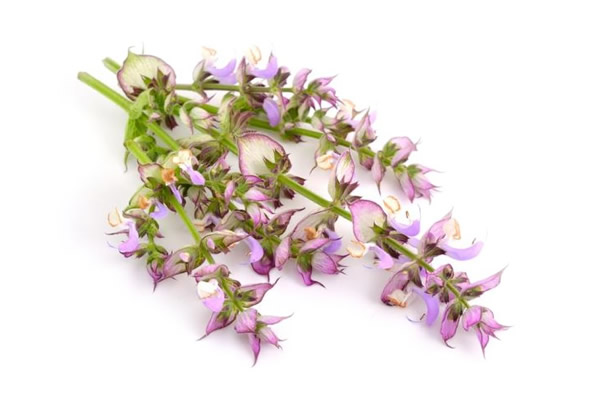

CLARY
Working with Kigalia and Gingko as an original blend of 3 plants acting synergistically and allowing scalp toning and limiting hair-loss. They act on factors avoiding hair loss including 5-alpha-reductase inhibition, scalp microcirculation improvement and to decrease inflammation contributing to Seborrhoea (oiliness) which can block scalp follicles inhibiting growth.
Scalp Health Active Botanicals
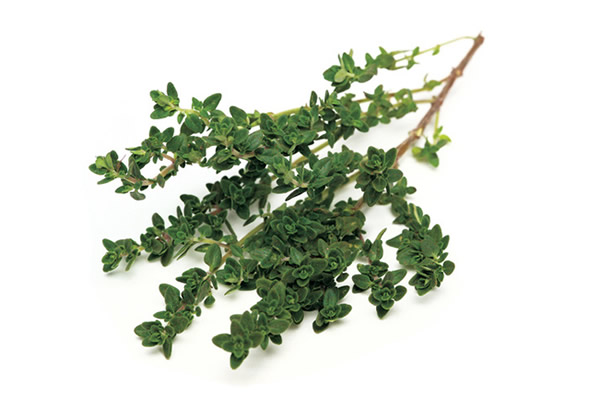

THYME
Thyme Oil has an anti-bacterial effect due to its high content of phenol (antiseptic) and is used for this benefit in scalp care preparations.
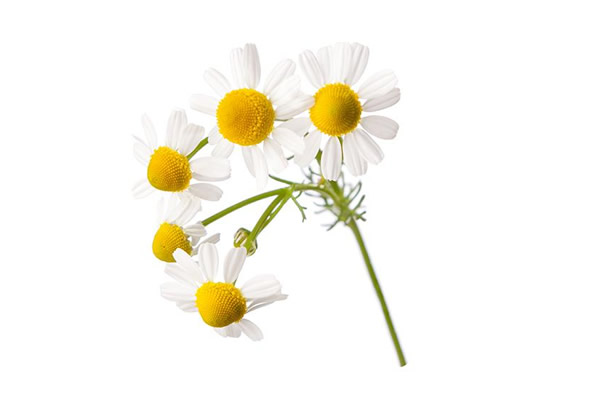

CHAMOMILE
(Bisabolol) A clinically tested active; Bisabolol protects and heals the skin from the effects of daily stress. It is a naturally occurring active ingredient found in chamomile that accelerates the healing process.
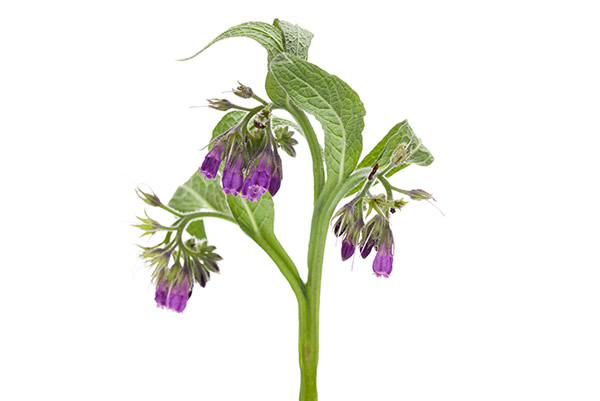

ALLANTOIN
(Comfrey) A clinically tested soothing, softening and protective active as found in the comfrey plant. It improves the skin's moisture retention providing a smoothing effect. It exfoliates dry and damaged cells increasing softness and a radiant appearance. It helps with the prevention of scalp irritation and supports the natural regeneration of the skin/ scalp.
